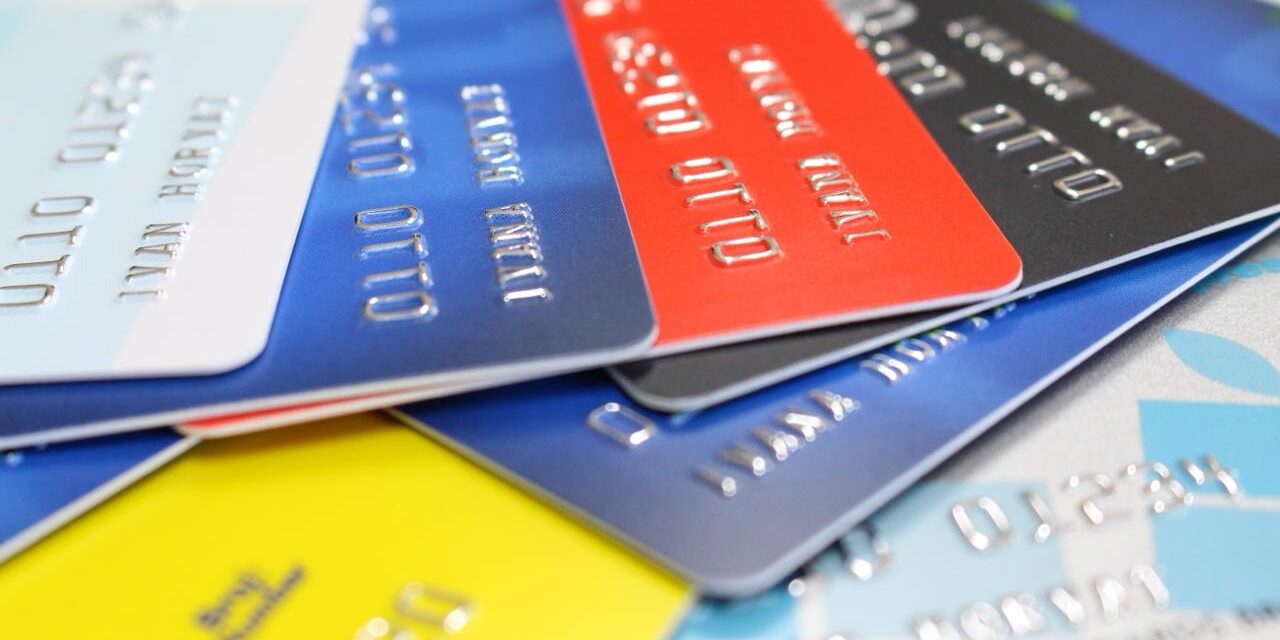PVC cards today form the foundation of fast and secure transactions, identification, and access management within various card solutions. From retail to transportation, a PVC card is a practical way to speed up identification processes while simultaneously improving the user experience.
What Makes PVC Cards Irreplaceable
The combination of durable PVC material, standardized formats, and wide compatibility with POS devices, readers, and mobile applications makes plastic cards a reliable tool in everyday business operations. A PVC card can store key user information, streamlining every process it is part of.
Types and Uses
-
Payment cards (debit and credit) shorten transaction times and reduce the need for cash.
-
Identification and membership cards enable quick identity verification and personalized benefits.
-
Access control and time‑tracking cards assist in monitoring entry and attendance.
-
Loyalty cards encourage repeat purchases and provide insight into customer habits.
All these card types can include a barcode, magnetic stripe, chip, or RFID technology, depending on the system’s requirements.
PVC Cards for Loyalty Programs
Loyalty programs rely on PVC cards to create a personalized relationship between retailers and customers. These cards not only allow point accumulation but also offer additional benefits such as exclusive discounts or special deals. Integrated with mobile apps, loyalty cards foster user engagement and make it possible to monitor consumer behavior—crucial for optimizing marketing campaigns.
With additions such as QR codes and customized designs, loyalty programs help build stronger brands and increase purchasing cycles.
Identification and Access Control
Identification cards and badges are essential for tracking and managing access within organizations. They allow clear recognition of employees, members, or visitors and reduce the risk of unauthorized entry. Access cards can be equipped with chips, barcodes, or magnetic stripes, making them ideal for office spaces, warehouses, sports facilities, or event venues.
Beyond identification, these cards also serve for attendance tracking, facilitating payroll processing and resource usage analytics.
Data Security and Compliance
Plastic cards support advanced security mechanisms: encryption, unique identifiers, PINs, two‑factor authentication, and dynamic tokens. Transaction security and personal data protection are crucial for banks, healthcare systems, and retail—while chip or RFID cards enhance access control. Adding visual features such as holograms, UV printing, or embossed elements reduces the risk of counterfeiting and misuse.
Integration with Mobile Apps and POS Systems
Cards and mobile apps today function as complementary channels. The app provides a digital wallet, notifications, and account management, while the physical card ensures universal acceptance at retail points and locations where internet connectivity is unstable. Integration with POS and CRM systems creates a unified data source, speeds up transaction processing, and simplifies reporting.
Personalization of PVC Cards and User Experience
Personalization options—name, photo, account number, QR or barcode, brand design—transform the card into a communication channel that’s always within reach. When used as part of a loyalty program, it enables targeted offers, point collection, and relevant service delivery. A personalized approach boosts user engagement, and clearly visible benefits encourage usage and reduce churn.
Practical Implementation Tips
-
Clearly define the purpose: payment, identification, access, loyalty, or a combination.
-
Choose technology according to the process: barcode for simple workflows, chip or RFID for speed and reliability.
-
Plan integrations with existing systems (POS, ERP, WMS, CRM) to maintain consistent data across the entire application ecosystem.
-
Implement security policies: encryption, access control, audit trails, and staff training.
-
Measure KPIs: transaction processing time, identification accuracy, error rate, and financial impact.
The plastic card remains a simple, robust, and familiar medium that bridges the physical and digital worlds. It delivers a verifiable advantage in trade and identification, making every service faster, safer, and more convenient for both users and organizations.

